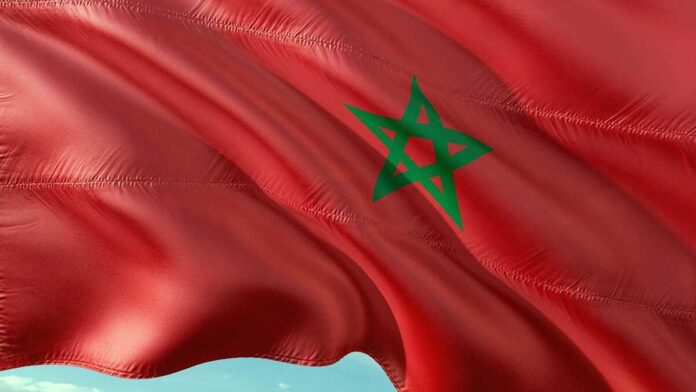Morocco is rapidly emerging as a trusted and dynamic hub for its global diaspora, standing at the intersection of deep-rooted structural challenges and a bold national ambition shaped by a clear royal vision. This growing appeal is fueled by modern infrastructure, an expanding industrial base, ambitious green energy goals, and a thriving overseas community playing a central role in the country’s development.
In 2024, remittances from Moroccans living abroad reached roughly $11.7 billion—up 2.1% from the previous year—accounting for more than 8% of Morocco’s GDP. However, the momentum has slightly eased in early 2025, with remittance flows down 3.7% in April compared to the same period in 2024.
Meanwhile, foreign direct investment is surging. In the first quarter of 2025 alone, Morocco attracted over $992 million in FDI, a 63.6% jump year-over-year. Earnings from these investments also rose by nearly 25%, hitting close to $1.2 billion. Major international institutions are taking note. The French Development Agency and the African Development Bank have announced a €350 million loan package to support infrastructure linked to the 2030 World Cup, with the potential for an additional €650 million to follow.
The automotive industry remains a cornerstone of Morocco’s economic strategy. After generating $14 billion in exports in 2023, the sector surged ahead with $17 billion in 2024. Global auto giant Stellantis is doubling down on its operations in the country, expanding its Kenitra plant to produce 535,000 vehicles annually. The expansion, backed by a $1.4 billion investment, is part of Morocco’s push to increase the local content of car manufacturing from 69% today to 75% by 2030.
The shift to electric mobility is also gaining speed. Chinese battery manufacturer Gotion High Tech is preparing to launch Africa’s first gigafactory in Morocco, with operations slated to begin by the end of 2026. The facility will initially have a 20 GWh capacity, with plans to scale up to 100 GWh. The total investment could reach $6.5 billion, signaling a major step forward in the continent’s electric vehicle ecosystem.
On the energy front, Morocco’s commitment to sustainability is exemplified by the Noor Ouarzazate solar complex, which boasts a total capacity of 582 MW and produces up to 600 GWh annually. The plant, operational since 2018, is a key piece of the national strategy to ensure renewables make up 52% of the electricity mix by 2030. Complementing this is the development of a floating LNG terminal near Nador, which aims to diversify energy sources. Morocco plans to boost its installed energy capacity from 5.5 GW today to 18 GW by 2030—with 13 GW coming from renewables—thanks to a $13 billion investment over the next five years.
Infrastructure upgrades are also in motion. The Nador West Med port project is taking shape, with an initial capacity of three million containers and a budget of around $800 million for the first phase. It will house the future LNG terminal and benefit from a €120 million contribution from the African Development Bank to develop its industrial zone.
Beyond the economic statistics, there’s a growing emotional and symbolic bond between Morocco and its diaspora, which numbers around three million—half of whom live in France. This community plays a vital role in strengthening educational, cultural, and business ties, serving as a living bridge between Morocco and Europe. French institutions and schools in Morocco are also part of this dynamic exchange, deepening bilateral cooperation and identity.
Morocco’s global profile continues to rise, not only through economic transformation but also cultural and athletic achievements. Its historic World Cup performance in 2022, upcoming hosting of the 2025 Africa Cup of Nations, and joint bid for the 2030 World Cup all contribute to the country’s growing reputation as an ambitious, forward-looking nation with the capacity to inspire.
